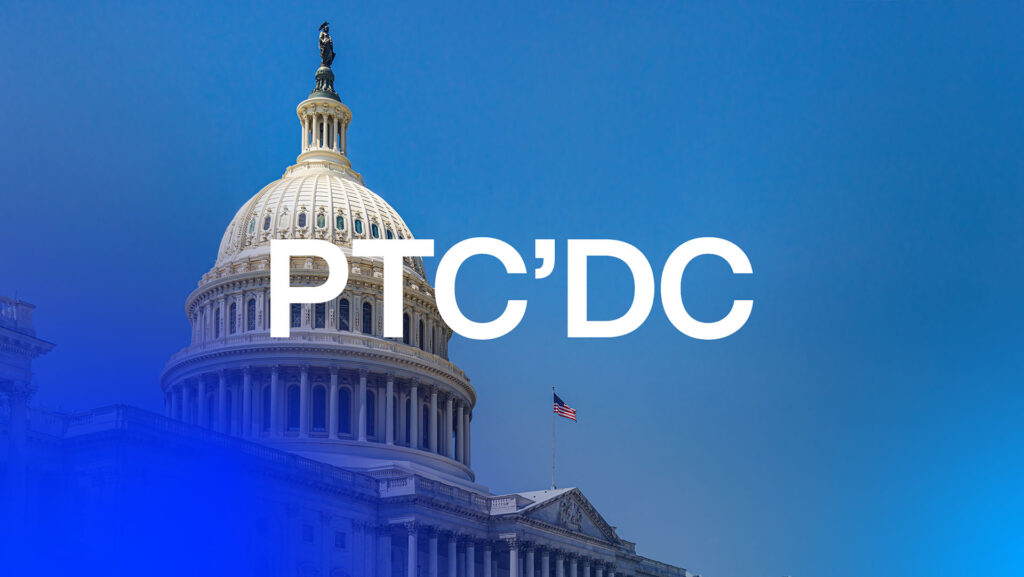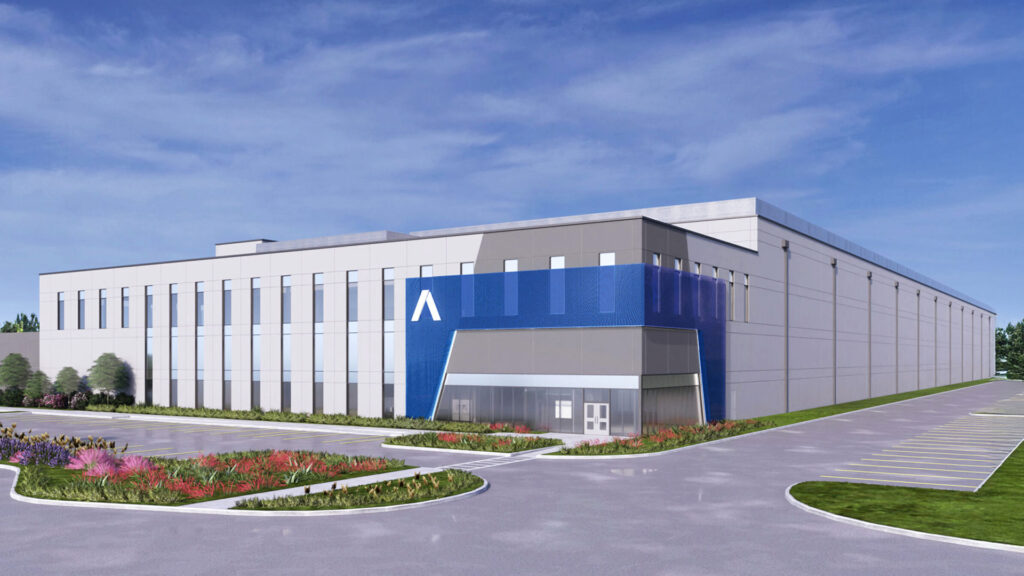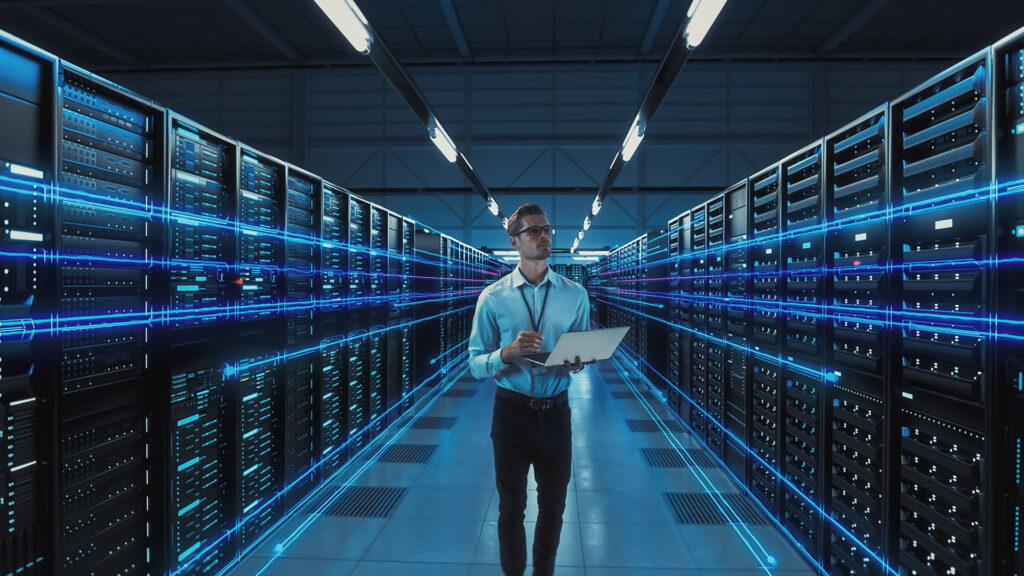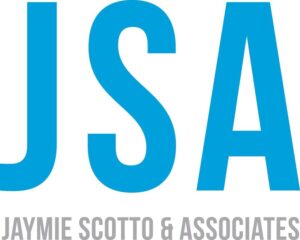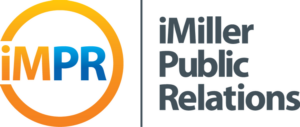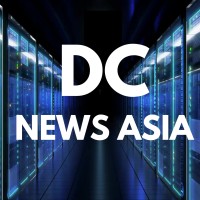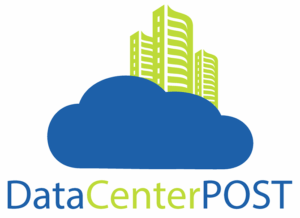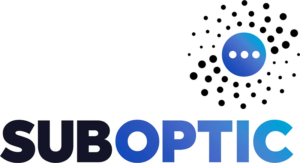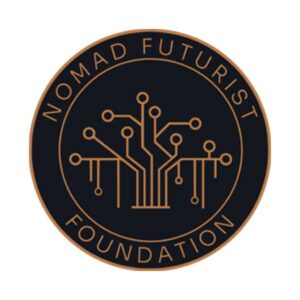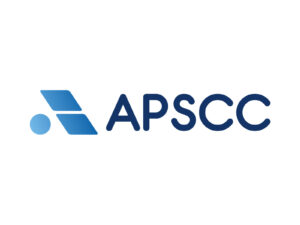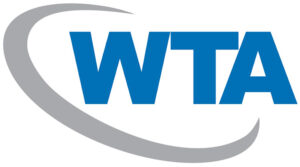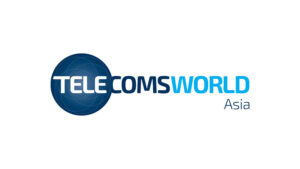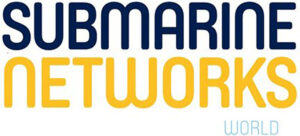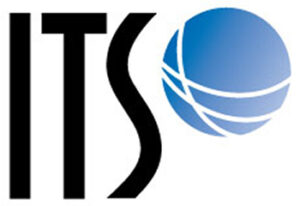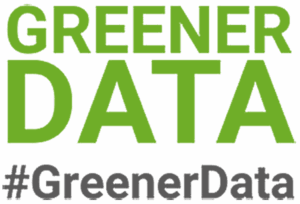At PTC’22: Reunite. Rethink. Renew., I had the pleasure of having a fireside chat with Jonathan Koomey, arguably the world’s foremost expert on data center energy use and its trends, for the closing keynote, “Most of What You ‘Know’ About Data Center Energy Use is Wrong”.
A century ago, telephony required human operators to set up and tear down calls. Exponentially growing use led to projections that soon, half of the nation’s population would be employed setting up calls for the other half. New technologies, such as rotary dials and analog switches led to today’s highly automated infrastructure.
A decade or so ago, the exponential growth in online services—such as cloud computing, social media, and e-commerce—as well as the proliferation of data-enabled mobile devices, led to similar projections regarding data center energy use. Already at two to four percent of electricity use, it looked poised to grow to 100 percent eventually. Moreover, a famous—or perhaps infamous—New York Times article alleged that this power use was not only wasteful, but generated massive amounts of toxic pollutants.
Only a few years later, the projections of energy use proved to be unwarranted. Clouds and data centers, rather than causing energy usage growth, helped stave it off by statistically multiplexing diverse workloads. By 2016, maturing and emerging technologies, such as virtualization and server idling, were optimizing energy use; improved data center Power Usage Effectiveness (PUE) via a variety of techniques was eliminating wasted energy; sharing of best practices through open designs; and a commitment to clean and renewable energy such as geothermal or solar in place of fossil fuels was having an impact on the alleged evils of the industry. Bottom line: doing more computation, more efficiently, with greener energy.
Moreover, merely looking at the energy use of computing in a vacuum misses the larger point: the cost—in dollars or carbon footprint—of that computing can be insignificant compared to the broader benefits that exist based on enhanced innovation, substitution, optimization, etc. For example, using the cloud to conduct simulations of molecular dynamics to innovate a cure for cancer seems worth it; substituting a video conference for a jet-fuel-guzzling in-person meeting has an obvious energy and carbon benefit; and performing some calculations to optimize routing of delivery trucks has a clear “ROE” (return on energy!), whether in reduction in fuel use or reduction in the need to replace vehicles and their parts.
Koomey argues that even with that clear message, people still get some of the basics wrong. For example, they think that because computing demand is a large part of the global economy and growing so quickly, it must be using a large and growing amount of electricity. But he points out that, based on studies that he’s collaborated on published in Joule and Science, between 2010 and 2018, when computing demand increased over 600%, network traffic increased over 1,000%, and storage demand increased 2,600%, electricity use only increased 6%. In fact, data centers only use about 1% of global energy, and ICT overall, including mobile devices and networks, is only a few percent. Mobile and IoT devices are exploding in volume, but also exponentially improving in energy efficiency.
There is perhaps no issue facing all of humanity more dire than energy/sustainability; U.N. climate scientists warned only days ago that we are “firmly on track toward an unlivable world.” And, Koomey warns that there are still open questions concerning emerging technologies such as edge and crypto, where estimates and projections are likely to be wildly inaccurate. Based on available data, however, it is more important than ever to understand that data center and computing technologies from cloud to edge to device are not part of the problem, but a cornerstone of the solution.
Do you have expertise or insight to share? The PTC’23 Call for Participation is now open. Save the date for PTC’23: 15-18 January 2023.


